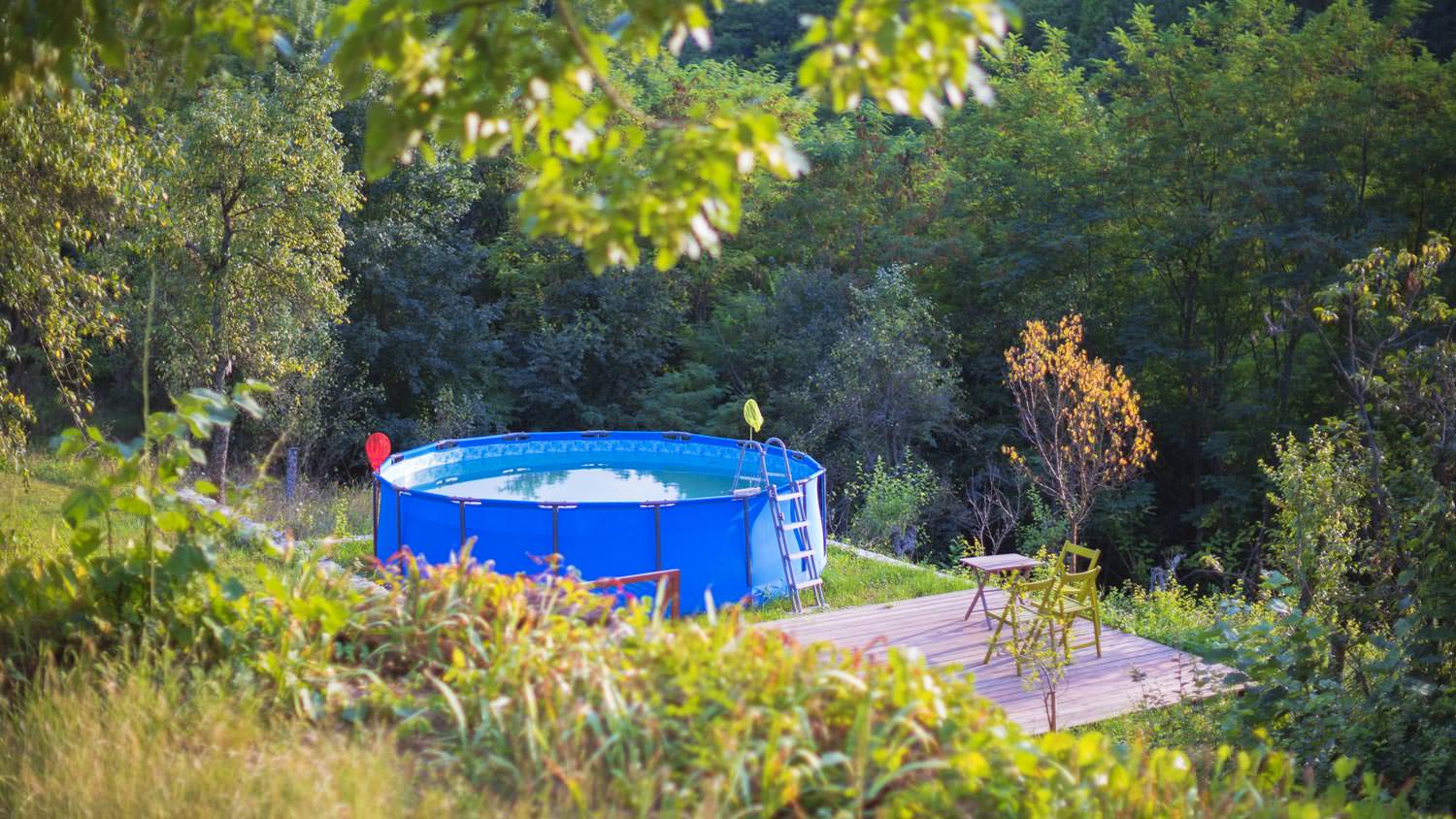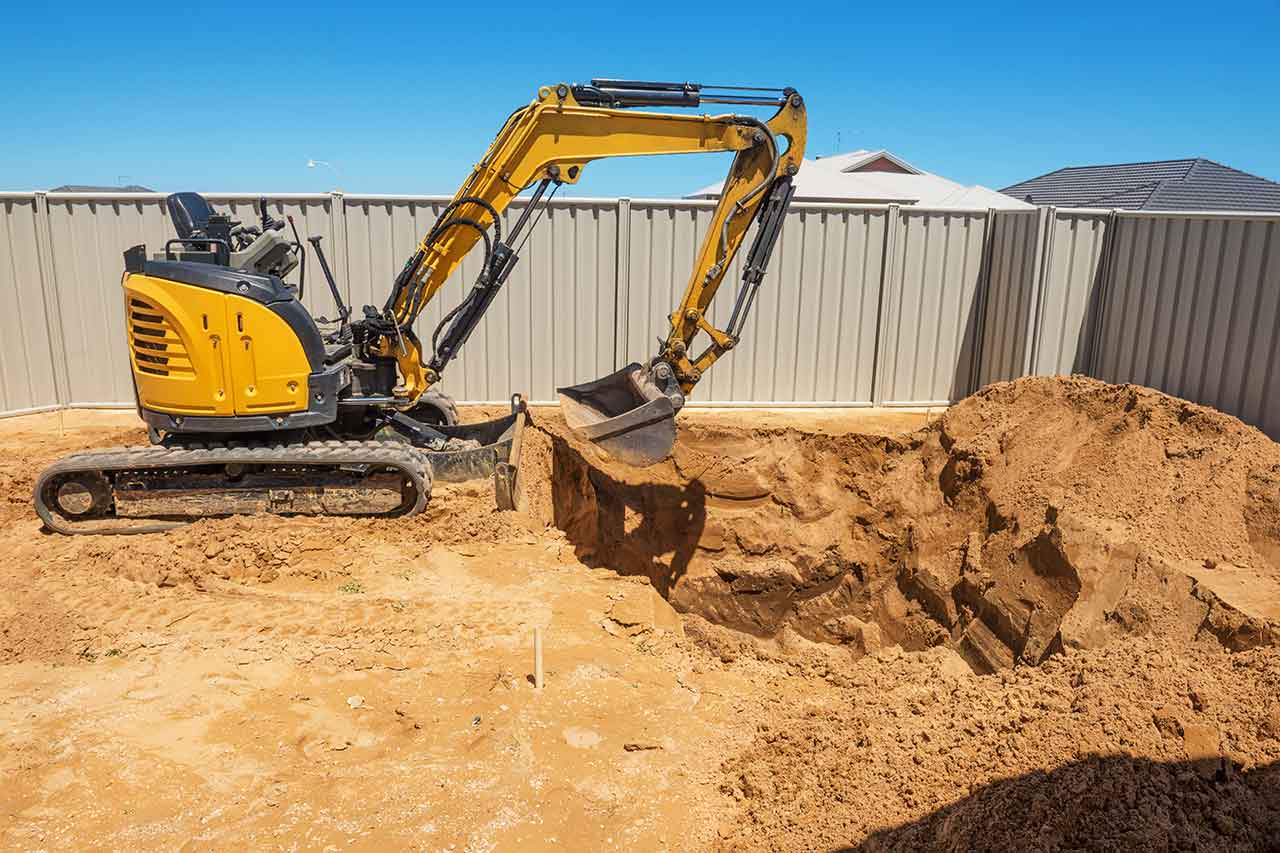
What do excavation contractors do? Learn everything you need to know in this guide.



Depth depends on the type of installation and the regulations in your area. Water supply lines typically require 24 inches, while drainage pipes are often installed 36 inches below grade. For most general projects, a depth of 12 to 24 inches and a width of about eight inches is sufficient. Sticking to these specs keeps your utilities safe, code-compliant, and easier to maintain later.
When you need to run utilities underground, you’ve got two main options: boring or trenching. Boring employs directional drilling to install utilities without exposing a continuous channel, while trenching requires excavating an open channel to place utilities securely. Directional drilling preserves landscape integrity, whereas trenching provides direct access for installation, albeit with greater surface disruption. This clear comparison helps you select the method best suited to your project.
Plan on 12 hours to dig 100 linear feet when the soil is cooperative and you can work continuously. This timeframe applies when work is performed consistently and methodically. Factors such as rocky soil, tree roots, obstructions, and frozen ground increase the overall duration, demanding extra planning and effort. Comprehensive operational planning ensures that every challenge is managed efficiently and the project is completed on schedule.
If you want your yard to look untouched, laying fresh sod over the trench is the quickest fix. New sod needs 30 to 45 days to root and blend with the rest of your lawn. A local sod pro can provide you with a firm timeline and tips to ensure the grass takes hold and maintains your curb appeal.
From average costs to expert advice, get all the answers you need to get your job done.

What do excavation contractors do? Learn everything you need to know in this guide.

Use this pool sand calculator to figure out how much sand you need for your upcoming project.

Compare pool cover costs from basic solar and winter covers to high-end automatic systems for added convenience and maximum safety for your pets and family.

Discover how much you’ll pay for trenching based on the project size and complexity, permit requirements, and labor rates.

Budget for pool excavation costs based on factors such as pool size, accessibility, professional labor, ground material, time of year, and more.

Budget for saltwater pool costs based on factors including pool size, materials, labor, location, site preparation, potential upgrades, and more.